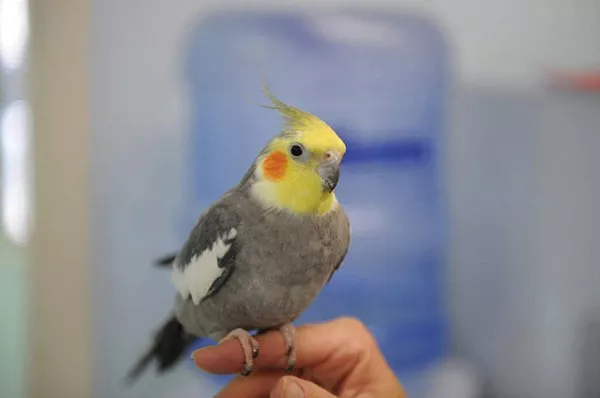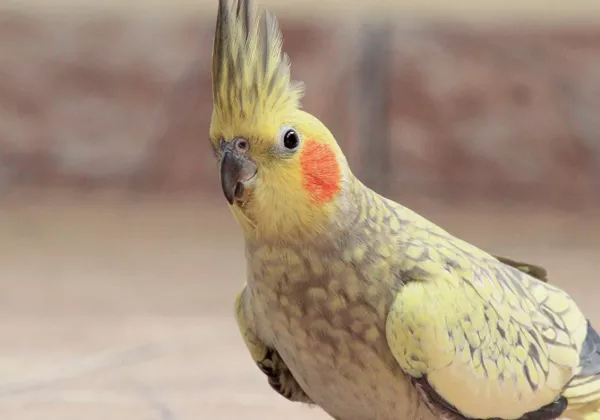Providing a suitable and comfortable living environment is essential for the well-being of your cockatiel. As a responsible bird owner, selecting the right cage size is a crucial aspect of creating a safe and stimulating space for your feathered friend. Cockatiels are intelligent, active birds that require ample room to move, stretch their wings, and engage in natural behaviors. In this comprehensive guide, we will explore the factors to consider when determining the appropriate cage size for your cockatiel, ensuring their physical and mental needs are met.
Understanding Your Cockatiel’s Needs
Before selecting a cage for your cockatiel, it is important to understand their natural behaviors and physical requirements. Cockatiels are social and active birds known for their playful nature. They require adequate space to fly, climb, and explore their surroundings. In the wild, cockatiels have large territories and spend significant time on the move. Captive cockatiels should have access to a cage that provides an environment similar to their natural habitat to ensure their well-being and happiness.
Factors to Consider
When determining the appropriate cage size for your cockatiel, several factors should be considered:
Wingspan and Flight Ability: Cockatiels have a wingspan of approximately 12-14 inches (30-35 cm). To allow for healthy wing stretching and flight exercises, the cage should be wide enough for your bird to extend its wings fully without touching the sides.
Height and Vertical Space: Cockatiels are skilled climbers and enjoy perching at different heights. The cage should provide enough vertical space to accommodate multiple perches, toys, and accessories. A taller cage allows for vertical movement and provides opportunities for exercise and mental stimulation.
Bar Spacing: Ensure that the spacing between the bars is narrow enough to prevent your cockatiel from escaping or getting its head stuck. Ideally, the bar spacing should be no wider than 0.5 inches (1.3 cm).
Living Space: Cockatiels need enough space to move around comfortably. The cage should be spacious enough to accommodate perches, toys, food bowls, and a water dispenser while still allowing your bird to move freely.
Door Size: Consider the size of the cage doors, as they should be large enough to easily maneuver your cockatiel in and out of the cage, as well as clean and maintain the interior.
Recommended Cage Size
Based on the factors mentioned above, a minimum cage size of 20 inches (50 cm) in length, 20 inches (50 cm) in width, and 24 inches (60 cm) in height is recommended for a single cockatiel. However, larger cages are always preferable, as they provide more space for your bird to exercise, explore, and play.
If you have the space and resources, investing in a larger cage is highly beneficial. A spacious cage measuring 24 inches (60 cm) in length, 24 inches (60 cm) in width, and 36 inches (90 cm) in height is considered ideal for a single cockatiel. This larger size allows for greater freedom of movement, encourages more natural behaviors, and offers room for additional perches, toys, and enrichment activities.
For multiple cockatiels, such as a pair or a small flock, it is essential to provide an even larger cage to accommodate their social interactions and individual needs. A minimum size of 30 inches (75 cm) in length, 30 inches (75 cm) in width, and 36 inches (90 cm) in height is recommended for two cockatiels. However, larger dimensions are recommended for multiple birds to ensure they have ample space to socialize, fly, and exercise.
Additional Considerations
While size is a vital factor, it is equally important to consider the cage’s overall design, material, and the placement within your home:
Bar Orientation: Horizontal bars on the cage provide optimal climbing opportunities for your cockatiel. Vertical bars can limit climbing and may not be as stimulating for your bird.
Cage Material: Choose a cage made of non-toxic, bird-safe materials such as stainless steel or powder-coated metal. Avoid cages with zinc or lead-based finishes, as they can be harmful if ingested.
Cage Placement: Place the cage in an area where your cockatiel can interact with the family, away from direct sunlight, drafts, and noisy areas. Cockatiels are social creatures and thrive in environments where they can observe and interact with their human companions.
Accessories and Enrichment: Provide a variety of perches, toys, swings, and interactive puzzles to keep your cockatiel mentally stimulated and physically active. Rotate toys regularly to prevent boredom.
Conclusion
Selecting the right cage size for your cockatiel is an essential aspect of responsible bird ownership. By considering your cockatiel’s natural behaviors, wingspan, flight ability, and providing ample space, you can ensure your feathered companion has a comfortable and enriching living environment. Remember, the recommended minimum cage size is a starting point, and providing a larger cage will offer even greater benefits for your cockatiel’s overall well-being. Regular cleaning, maintenance, and providing appropriate accessories will further enhance your cockatiel’s quality of life. By investing in a spacious and well-designed cage, you are providing a safe and stimulating home for your beloved cockatiel, promoting their physical health, mental stimulation, and happiness.
Related Topics:
























